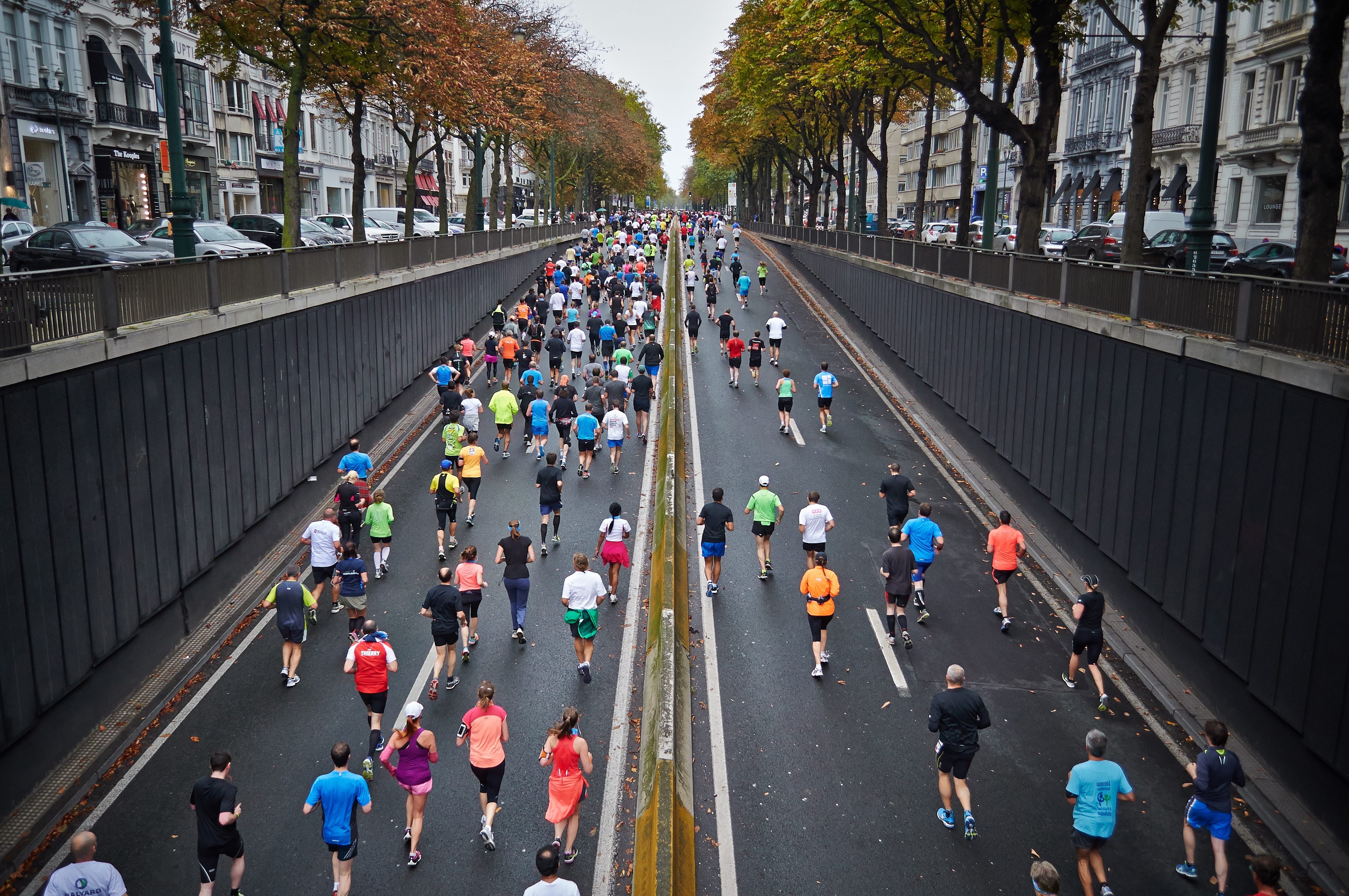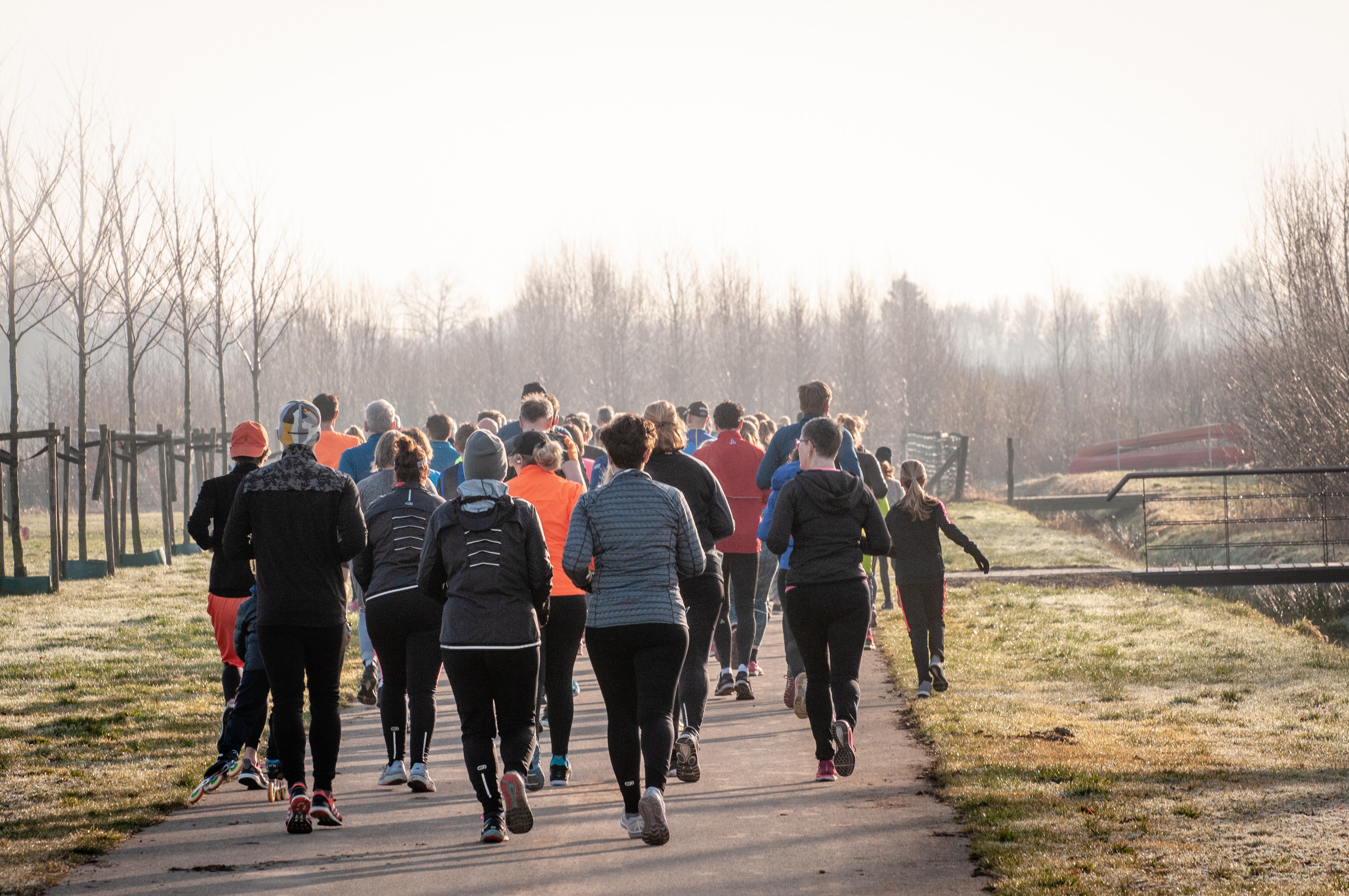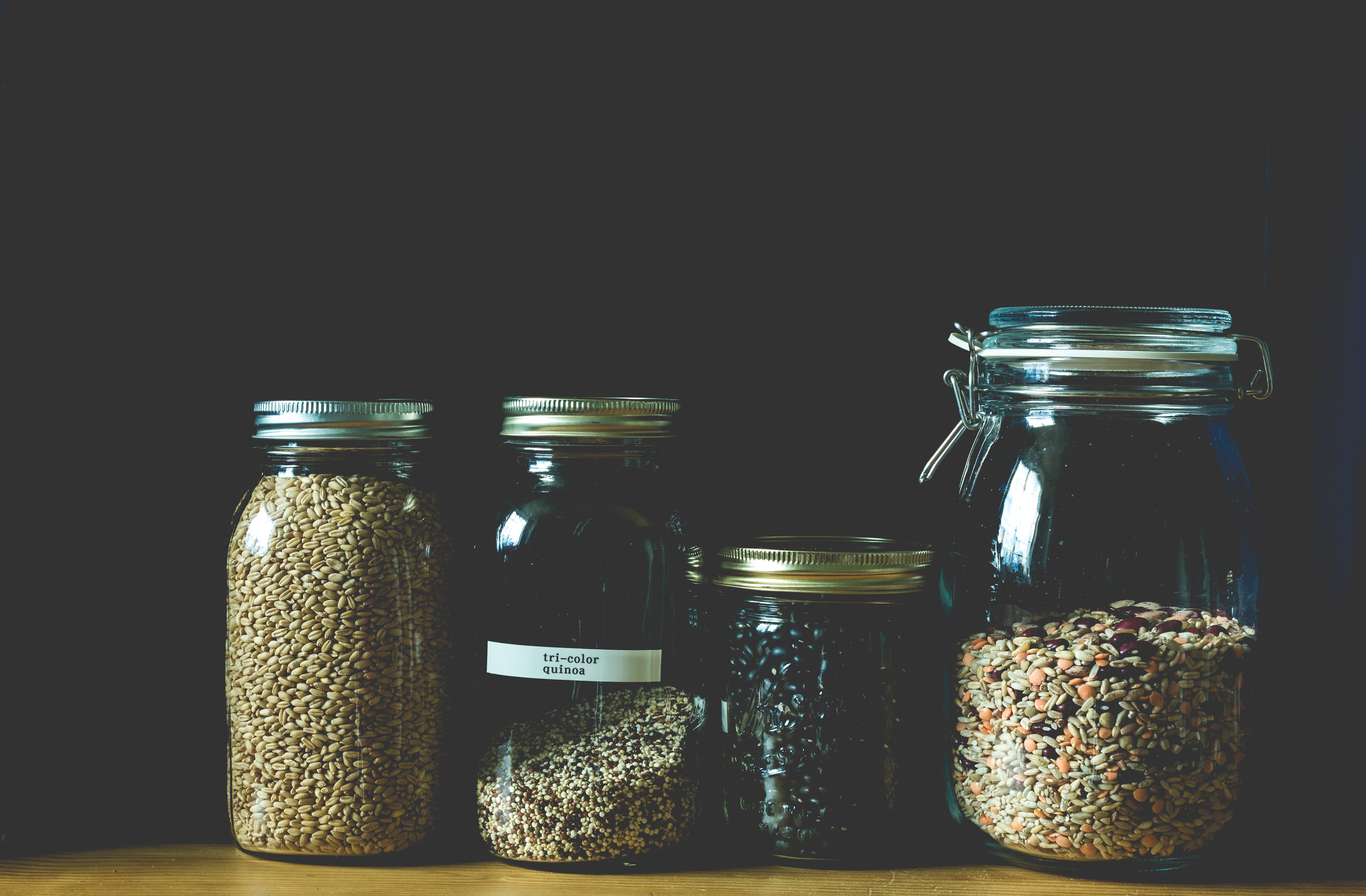Share This
Every year, some of the best endurance athletes from around the world gather right near our office to run the 26.2 miles of the Boston Marathon.
The appeal of watching or running the Boston Marathon is about more than just experiencing the impressive speed and grit of the elite runners. What makes it so special is that friends, family, acquaintances and neighbors all can (and do!) participate, proving sport isn’t just for the select few. Fueling up with nutritious food is an important part of performance and recovery. Whether it be for a big race or your weekend Zumba class, whole grains contain nutrients essential for a body in motion.
Carbohydrates
In order to perform any task, our body needs energy. Carbohydrates serve as the body’s main source of fuel. Carbs are easily broken down into glucose, or blood sugar, which supplies energy to the body’s cells. Not all carbs deliver this energy in the same way. Certain foods, especially those high in refined, highly-processed grains and sugar, can cause your blood sugar to spike, then quickly plummet, leaving your energy depleted and straining some bodily systems. It’s healthier, and more advantageous for an active body to choose foods that provide a steady, slow release of glucose.
The Glycemic Index (GI) of a food rates how quickly carbohydrates are converted into glucose. Foods with a low GI (55 or less on the 1 to 100 GI scale is considered low) are digested more slowly, releasing glucose into the body at a more sustained rate. It’s true, not all carbs are created equal, but virtually all intact whole grains have very low GI scores: whole grain barley has a GI of about 25, wheatberries about 30, rye berries about 35. Though whole, intact grains are your best bet for a sustained release of energy to fuel your workout, pasta also has a low GI.
Try this great Chickpea Spinach Pasta Salad or Whole Grain Rotini with Cauliflower for a fresh take on pasta night.
Protein
Protein is most commonly associated with muscle building. Not only does protein help enhance and build muscle it is also essential to muscle repair and recovery. Protein plays an important role in maintaining aerobic metabolism, the energy-burning state your body enters during endurance exercise (think a long run vs a sprint workout). Quinoa, along with amaranth and buckwheat, are complete proteins — they contain all 9 of the essential amino acids humans do not produce naturally and therefore must consume through food. Although quinoa, buckwheat, and amaranth are high in protein quality and quantity, it is wheat (including spelt and Kamut®) and wild rice that take the prize for most protein, with over 6g per 45g serving. Who would have guessed that a serving of whole grains has as much protein as a hard boiled egg?!
To get your protein fix, try this recipe for a beet quinoa veggie burger or this one dish wonder with spelt.
Iron
In order to maintain physical exercise your muscles need oxygen. Iron plays an integral role in the delivery of oxygen to the body’s muscles. So important, in fact, that around 70% of your body’s iron is used specifically for this task. Iron, in the form of hemoglobin in blood cells and myoglobin in muscle cells, does the work by transporting and storing oxygen when it is needed. Anemia, or low iron levels, is a common problem among athletes and leads to fatigue and slow recovery times. If your iron levels need a little boost, oats, amaranth, wheat (including spelt and Kamut®) each contain over 10% of your Daily Value of iron.
Try starting your day with this Amaranth Porridge, complete with banana and nut butter!
Magnesium
Magnesium plays a role in many body functions, including energy production and nerve and muscle function. Magnesium helps control muscle contractions by enabling muscles to relax. Without enough of this important nutrient, muscles fatigue quickly and cramp. Muscle cramps are a common, often painful occurrence during a workout. While most whole grains provide a good source of magnesium, amaranth, buckwheat and quinoa really stand out, qualifying as excellent sources of this nutrient – one serving of these whole grains contains 20% or more of the recommended Daily Value of magnesium.
One of these magnesium superstars, buckwheat, has a distinct deep nutty taste that many love to bake with. Next brunch, try subbing out your refined flour and try these buckwheat pancakes or buckwheat pumpkin muffins.
While no one grain is better than the next, this handy chart helps to compare levels of key nutrients, including the ones described above, from grain to grain. Remember to search our recipe database for inspiration, and share how you fuel your workouts with whole grains below! (Abby)





Comments
Add a Comment